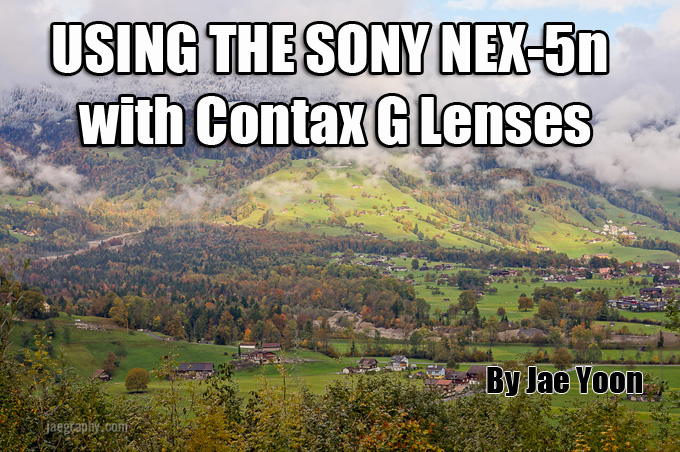
USER REPORT: Using the Sony NEX-5n with Contax G Lenses
by Jae Yoon
The NEX-5N is a camera that intrigued me when it was first announced. I’ve always been a fan of Sony electronics although my use of their DSLR camera line is much more recent. Since the days of the Nikon D50 and even before that in film, I shot Nikon. Like many Canikon shooters, I used to have a haughty view of my TV maker also producing my camera. Of course such sentiments are a bit dated when you consider Sony is one of the largest makers of all digital camera electronics. They make the majority of camera sensors you find in APS-C and up sensor sizes outside of Canon. In the world of high end digital imaging technologies, there is perhaps no other company spending as much as Sony on R&D.
Many photographers I admire raved about the new Sony (well really Minolta) full frame efforts so that pushed me into considering the Alpha mount system. The fact that the system is the only way to get auto-focus modern Zeiss glass was the other major factor in my painful and expensive decision to jump ship from Nikon to Sony. Occasionally, I would regret this decision but for the most part, it was the right move for me. The class leading giant optical view finder, the 1/8000 sync flashes that rotate on a secondary plane, and of course the Zeiss glass softened the blow. With the release of the NEX system, I can happily add another benefit on the list. A compact excellent backup digital back that will auto-focus with my high end glass!
While the NEX system always intrigued me, at the release of the first generation, I was much more invested in Micro Four Thirds. The glass, EVF, and bodies appealed to me far more and the first generation of NEX sensors didn’t seem good enough to compel me to leave the MFT system for rangefinder body style shooting. With the release of the 5N, that all changed. Here was a camera that had essentially the same image quality of the Nikon D7000 but it was even better because it had a weak anti-aliasing filter (important for ultimate 1:1 pixel level sharpness) and it could take practically take any lens that I would want to mount on it. Add the class leading EVF, the high resolution bright tilt screen, and compatibility of the Sony adapters that gave me perfect (contrast detect) auto-focus in my already heavy investment in Sony Zeiss glass, it seemed like a must buy. That was until I read about the Nex-7, a photographic dream come true, it seemed like Sony was finally getting serious about photography and not just resting on the laurels of the Minolta acquisition. Eventually I resolved to buy both and I’m still eagerly awaiting the arrival of my Nex-7.
USE WITH MANUAL GLASS
In practical field use, the 5N has a few limitations. If you’re using manual focus glass, especially Contax G glass, the ergonomics are a bit wacky if you’re trying to use the zoom feature to achieve critical focus. You’ll have to contort your hand in strange ways to use the touch screen and be careful to not accidentally touch the screen while doing something else. It got so frustrating at a certain point that I disabled the touch screen. I am still not 100% convinced on the usefulness of the touch screen except in situations where the camera is on a tripod. With native e-mount lenses though, its a decent experience. You have to think very little about the technical parts of shooting since the exposures always seem very close or spot on and AF is fast enough for almost all situations.
In the middle of the rain in Zurich, I finally got into the proper rhythm and was able to jive better with using manual glass on the 5N. It came down to only using center zoom and figuring out how I wanted to configure the highly configurable buttons on the back of the camera. My Contax adapters also finally came on to their own and were turning more smoothly with fewer catches. This is something to be mindful if you’re planning to use Contax G Zeiss glass with the system, it may take some use to get the lens lubrication distributed again after several years of being idle.
On that note, I have to heartily recommend the Contax G Zeiss 28mm F2.8 and 45mxm F2 lenses. The 28mm F2.8 had some trouble with the initial NEX cameras because of the rear focus Biogon design that didn’t jive well with the microlenses on those first generation sensors. You would end up with distracting and somewhat ugly corners because the rear element of the lens came too close to the sensor and light was hitting it at too extreme of an angle. With the newly designed sensor in the 5N, Sony has mostly alleviated the issue and its hard for me to detect in my images if I’m seeing color shift or just simple vignetting for infinity focus shots. Either way, the situation is nearly undetectable for this deservedly heralded lens.
The other major shortcoming of the 5N is the lack of a real flash shoe. It does come with a small accessory flash that you can’t bounce. There is a slightly bigger flash available for the 5N made by Sony which does let you bounce but it is camera powered and only suitable for slow shooting, generous shutter speeds, and wide apertures. There are also some DIY solutions out there involving duct tape or other sticky solutions. To me this is the biggest drawback to relying on the 5N as a sole camera. Off camera flash photography is a must for me even more than full frame sensors. The 5N will always be just a convenience, casual, and backup body for me, it could never be a primary camera. The Nex-7 of course does come with a Sony shoe alleviating all these concerns.
IMAGE QUALITY
Now that I’ve gone over the shortcomings of the camera, I feel it gives me license to gush on the joys of using the 5N. While I didn’t get a chance to pickup the EVF before I left for a big international trip, it didn’t hinder me that much. I print big. To me 16mpx is the starting point of what is necessary to get prints in the quality that I want at 16×20 and larger. Happily, the quality of those mpx is one of the best available in any camera today. It’s a curious wonder that they were able to pack in so much image quality in a camera so small. While I had more confidence shooting the D7000 in getting exactly what I wanted, the 5N always delights me when I download images from it when using it in conjunction with Zeiss glass. Its amazing that this camera will beat a Canon 60D’s overall image quality on individual shots.
The dynamic range is excellent and easily surpasses MFT (Micro 4/3) at any ISO setting. The APS-C sensor size means I have more flexibility in composition if I want shallower depth of field with a shorter focal length. The bigger sensor of course has some major drawbacks, primarily that the sensor dictates a much larger lens. Supposedly for 2012-2013, we should see more pancakes from Sony. When I’m shooting work that I think will be a great print, I always shoot at base ISO so to me noise wasn’t that much of a concern. However, for my every day capture of life’s moments, high ISO does come into play especially when I’m trying to freeze motion of my speedy nephews and nieces indoors. You won’t see any rangefinder style camera outperform the 5N for 2011 and probably all of 2012 as well in high ISO noise performance.
[ad#Adsense Blog Sq Embed Image]
FEATURES
The tilt screen is also a much welcome addition to the camera. On MFT, you had to upgrade to the size of the larger G bodies to get a tilt screen. I love having a tilt screen because it allowed waist level shooting. Beyond just raw image quality, a feature that actually helps you capture better and more interesting images is exceedingly rare. Allowing waist level shooting will give you more opportunities to try for different compositions or fields of view than standard eye level shooting. To me, this is now a must have feature and I can’t wait until my full frame cameras also incorporate this correctly.
When visiting a new place where I know I won’t likely be back, I often like to capture from a steady position, about half a minute of video to really capture the essence of the place and remind me through another sense (sound) what it was like to be there. In this capacity, the NEX-5N video has few equals. It was a feature I found using often and it is powerful beyond what I will ever need.
I was excited about the panoramic feature and it does work quite well in most situations for most uses. Where I found it ultimately lacking though was in that the final cropped JPG what you end up with is actually
somewhat low in resolution. For shooting landscapes, I often try to get a 3 to 5 shot stitch if possible since you’ll have higher quality in the final file if you plan to print big. This is a bit of process as you have to use the same exposure and be extra mindful of how you’re framing each shot so that there is enough overlap for the stitching software to do it’s magic. Unfortunately, the whole point of it for me was extra file quality but with the reduced resolution, its of very little use.
The other major feature I was excited about was the automated HDR. I’ve found that a Auto HDR of 3 gave me the best balance between realistic looking images and much increased dynamic range. The camera does a great job of producing sharp life like results with accurate metering. The trade off is of course that you end up with a JPG file. It is however very annoying that you have to manually set the camera back to JPG mode if you’re shooting RAW if you want to engage Auto HDR. It should automatically do it for me and put me back in RAW when I’m done. The quality of the JPG engine itself is good but not great. Its not better or worse than Nikon or Canon. I think Olympus has always been the leader in JPG output. I’ve found that some of the JPGs out of the camera were a bit over sharpened.
CONCLUSION
I don’t think the NEX-5N is a great camera for everyone. It fills a certain niche extremely well for advanced amateurs. For every day shooters who don’t really understand aperture or flash photography, I think some of the Micro Four Thirds line is the way to go especially the GF-2 and GF-3. The 5N is an advanced camera and you can get spectacular results if you know how to work around the short comings such as a shortage of native lenses, no hot shoe, some initial ergonomic difficulties, and some UI quirks. It filled it’s role for me as a back up body and back up focal length to my full frame shooting admirably. I can’t really ask for much more other than perhaps something to cover the sensor during lens changes.
If you are reading this, you are probably an advanced amateur. With what seems like problems on the upcoming Nex-7 in terms of corner performance for wide angle legacy lenses and production delays, a 5N is not a bad idea. I don’t think it’ll end up as just an interim purchase. I think the image quality and unique features it has over its upcoming flagship brother will let it hold it’s own.
Thanks for reading. You can see more of my work and read my blog at http://www.jaegraphy.com
Happy shooting.
You can buy the Sony NEX-5n HERE at B&h Photo.

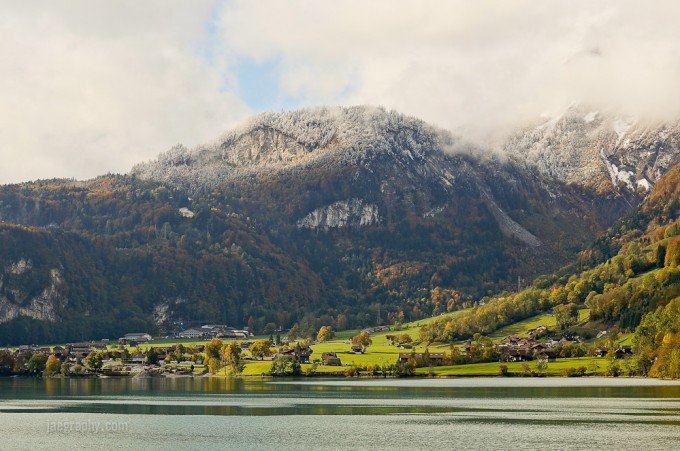
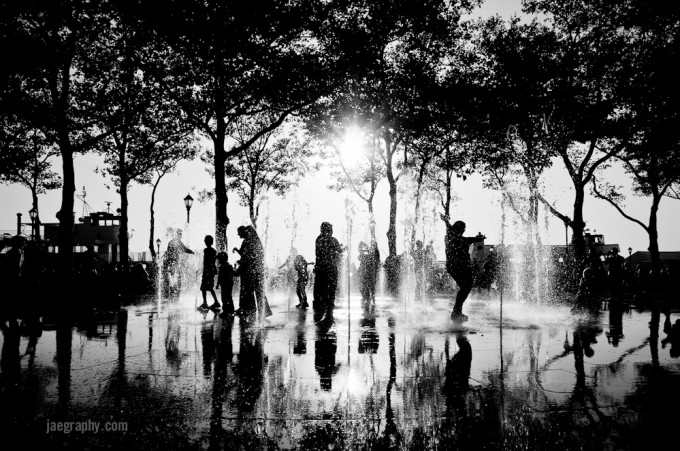
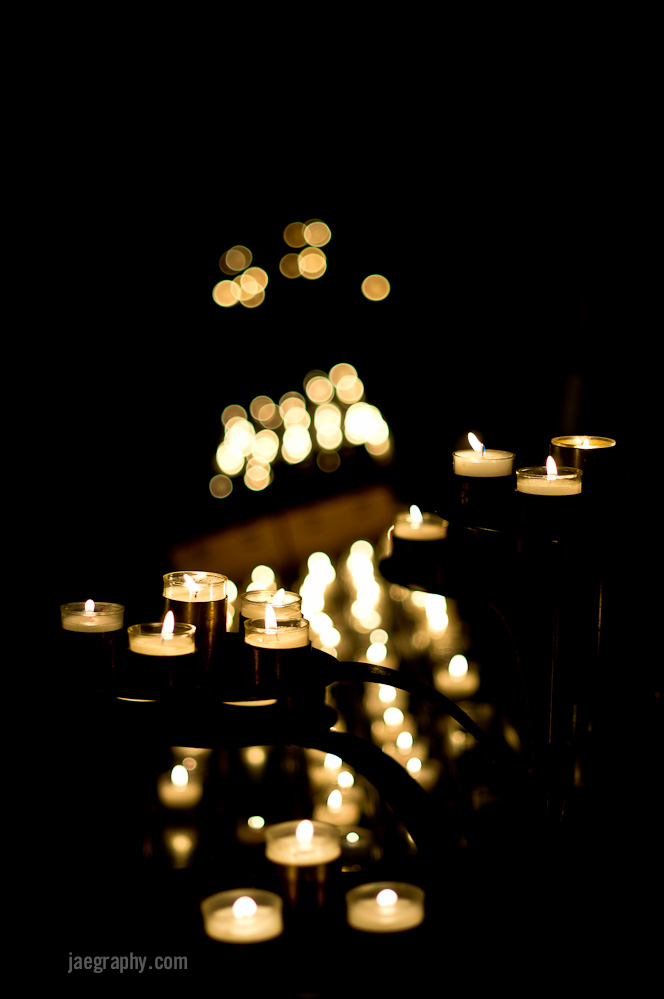
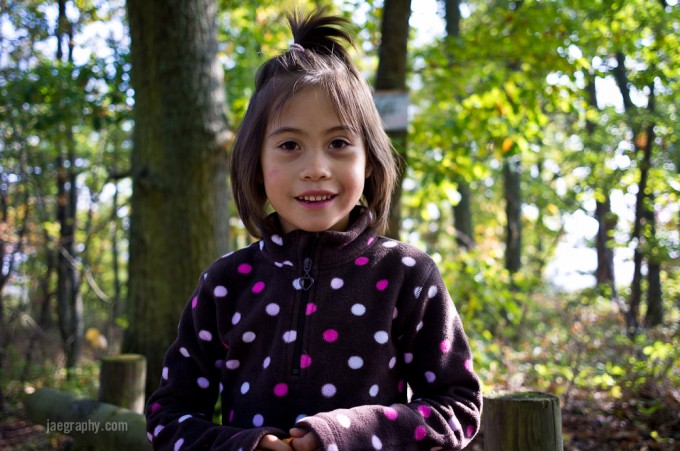
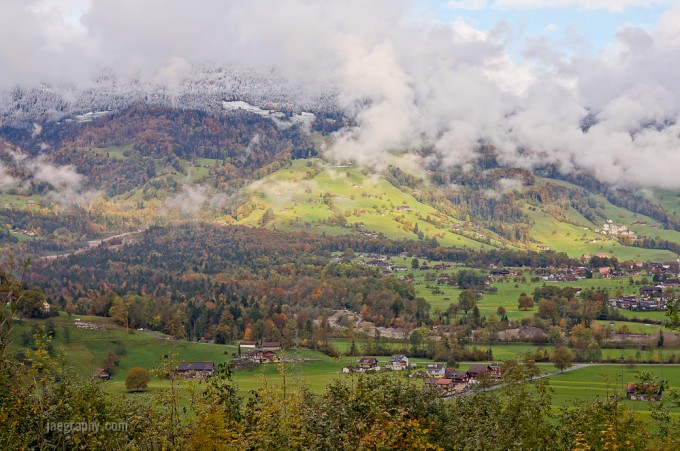
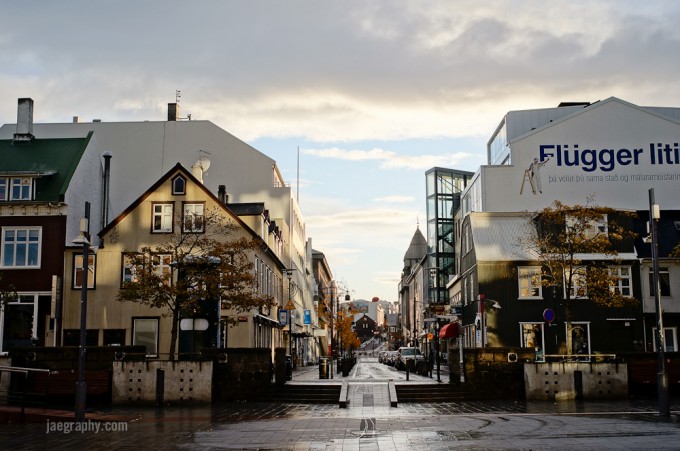
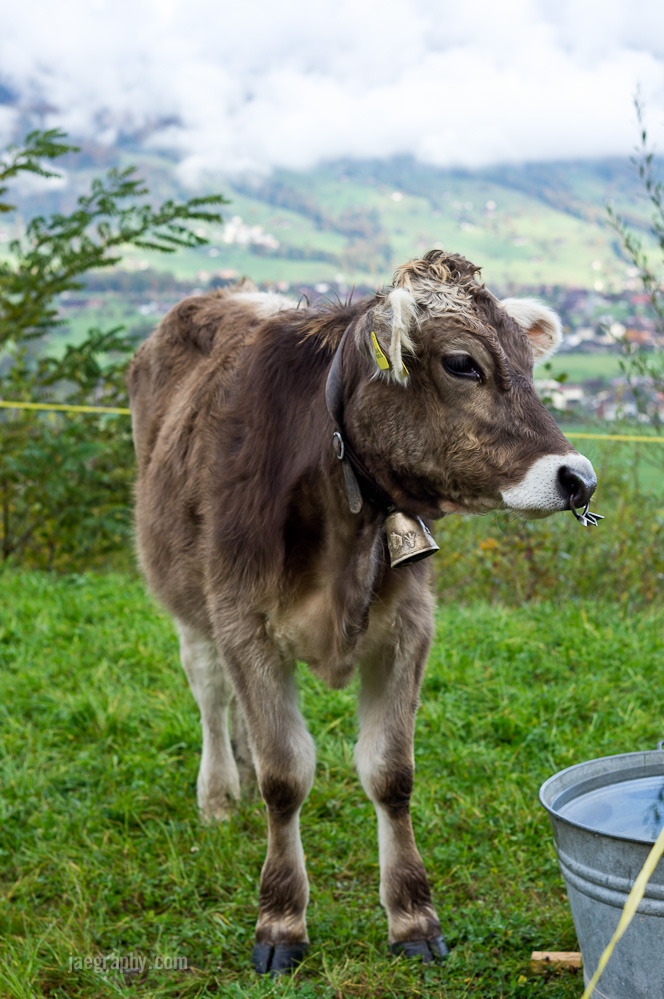

Like someone else ^ a bit earlier, I am in the Pentax K mount to NEX boat and must report that from what I have learnt the NEX capabilities with legacy lenses are often better than with their own brands. Pentax DSLRs and the K-01, for example, work perfectly with all lenses from c1983 KA onwards, something that can’t be said for any other brand. Nevertheless, total lack of any aperture control with a K (no contacts) mount lens is less than inspiring. The NEX need only a $30 machined adapter to allow full stop-down metering, to which the screen and EVF automatically adjust, as well as peaking for focus assist. It’s the same with other legacy mounts that won’t even fit on their modern counterparts, like Canon FD. It is this ability that’s pushed me towards the NEX and away from M4/3, Nikon 1 and other options. I intend to go trawling ebay, pawn shops and elsewhere for “useless” old lenses just for fun!
I’d like to know which lens you used for each shot you published in this review…
Thanks for this article
Great article. As others have said, I think some of the folks who have posted comments are missing the point. This is a 1.5 crop sensor that allows you to use “almost” any lens. I personally have lenses from Nikon, Canon, Contax-G, Leica-M, Contax N, etc., and thus far everything from 28mm up has worked flawlessly for me. The image quality of this sensor is really, really good. With a really good lens in front, this sensor soaks up the detail better than anything I own outside of my Phase One P30+.
I am toying with the idea of getting the 21mm Contax G but I’m reading some less that stellar comments. I would love to hear some more comments on the 21mm Contax G if anybody is shooting with it on the 5n or the NEX-7. I understand that there is vignetting and some color cast, but what I’m not clear on is how much loss of detail (or not) is associated with these phenomena since both are fairly easily corrected in post. For instance, if one is willing (or prefers) to shoot in B&W is there loss of detail with the 21mm in the corners?
Specific to this article, I have used the 28, 35, 45 and 90 mm Contax G lenses and I have been absolutely blown away with the results. Thanks for the great article.
I attend alot of airshows and was wondering if the 5n 55-210mm lens would be able to focus fast enought to capture high powered jets as they fly by. Can you please let me know?
Thanks,
Abe.
Having used RF films, SLR films and a Nikon P5100, I am contemplating about getting a new camera.
After comparing the image quality, dynamic range, weight, thickness and ergonomics on such candidates as M4/3s, Sony NEXs, Sony SLTs and DSLRs, I have finally narrowed down to the Sony SLT Apha-35 for a particular reason which may not be shared by all.
Although I like the flexibility of a tilt screen but not at the cost of adding thickness and weight to the camera (and the lens attached to it).
Thanks for the good article!
Eric
Lovely photos, thoughtful write-up. I am an NEX-5n owner and delighted with the camera. I purchased it based on image quality alone, not because of size.
Yes, ergonomics are imperfect, and you really should hold the camera in your hands before purchasing one. Especially if you have large hands.
As Steve said in his review, the bang-for-the-buck factor with this camera is very compelling. Great resolution and dynamic range, gentle tone curve, and focus peaking makes manual focus lenses a joy to use, with a much higher success rate.
My NEX-5n/manual focus set on Flickr: http://www.flickr.com/photos/jtr27/sets/72157627981214131/with/6379572597/
Thanks again.
Jonathan
Amazing photos. As Miguel mentioned, I, too, am curious about the NEX-5n’s autofocus speed for action shots. I’m trying to choose between the NEX-5n and the V1 for a do-it-all camera, and the V1’s superior auto-focusing capabilities (I have read that it’s both more accurate in auto-focusing and more capable of freezing action shots in auto mode) are making it a tough choice. For someone like me who is likely to shoot a lot of auto-focused casual action shots (kids horsing around, etc), it’s a pretty important factor. Do you have any thoughts about how the cameras compare in this category? Thanks!
I doubt the V1 picture quality will be that great compared to a high end compact like an S100 or XZ-1 if you shoot RAW.
The NEX focus speed is decent but not great. I wouldn’t have trouble capturing images of kids with it but experiences may vary on style.
If you do find it a problem I would just add an LA-EA2 and a fast prime like the 35mm F1.8.
Awesome, thanks for the feedback! Those photos are truly beautiful, by the way, and they show off some serious versatility. Great work.
As a total beginner, if I may, I’d like to ask one more question: about how much time goes into post-processing for you to make the photos look so good? I’m sure it varies for different photographers, but it would be interesting to hear how it works for you. Thanks again.
The V1 is much faster than the 5n in AF speed and accuracy, I have shot both extensively. The V1 also has better IQ than ANY P&S, including the S90, S95, S100 and XZ-1. It’s really no contest in that regard. The V1 is not a P&S. If you are going to shoot kids outdoors, the V1 and 30-110 would give you some fantastic results. The 5n would as well, but you will miss some of the shots as the AF misses occasionally. The V1 metering is the best I have seen as well. It is not a perfect camera, but using it is soooooo nice. Feels good, and delivers every time. The V1 and 10mm is my fave goto right now.
Thanks Steve! Honestly, the V1 (or even J1) is probably plenty of camera for me, but I find myself drawn to the idea of getting creative with the 5n’s bigger sensor and some manual lenses with the focus peaking, maybe some shallow depth of field…expensive daydreams of course and as a beginner who knows if I would really follow through with using these features. It’s a tough choice, but I really think I’ll be happy with either one!
Maybe I have not researched this enough but what uninspiring reviews have you found? Everything I have seen is extremely positive including my own experience with th 5N.
nice review, but for me the D7000 is still way better than all the P&S’s, M4/3 etc etc……i thought maybe the NEX-7 would convert me, but the reviews aren’t inspiring.
Thanks for the article – I was excited to see some other people using the Contax G lenses on the 5N.
I bought the 45/f2 and 90/f2.8 a while ago plus a Kipon adaptor. The 45/f2 is unbelievably sharp but I am finding that with the crop factor it is just a little too long when I am taking day to day personal photos. I think the 35/f2 would be better but from what I have seen it is not as sharp.
I decided to go for the 21mm last week and after chopping off the legs I was able to get it to work. While the lens is sharp the vignetting and slight magenta colour cast is a little off-putting. I am going to but the 24mm Zeiss E-mount and then make a decision about which one to keep.
From my experience I would highly recommend the 45 and 90 – you won’t be disappointed.
A side note on the Kipon adaptor – it’s okay and it works – but the feel is much different from a proper on lens focus ring. I have ordered a Shogun adaptor similar to the Metabones one with the larger wheel so it will be interesting to see if that improves things.
Hi Jason. Did you receive the Shogun adaptor? If so, what are your thoughts? Thanks.
Nice write up, thx.
Hope you are not one of those people over at Fred Miranda’s Alt gear and lens forum that poked fun of Steve when his Nex-7 review came out and then turned around and summited an article at his site.
can someone put some links on where you can buy the recommended lenses here (i.e. Contax G Zeiss 28mm F2.8 and 45mxm F2 lenses) , im searching google but not sure if i am pulling up the correct lens.
thanks.
http://www.keh.com seems to have a few of the G series lens.
The price seems to have gone up a bit from when I last looked – probably due to these adapters. A G1 body with a 45/s is now over $500. The 45/2 seems to go for the high $300s. A few years back is was closer to $250… IIRC.
Kevin
Very nice photos… your experience with the 5N is very similar to mine – a bit of frustration reaching the manual focus assist button but very impressed with the results and its ability to use rangefinder manual glass.
I recently lost my Nikon D3X in an accident and had to find a camera to hold me up while I looked for a D3X replacement. I ordered the NEXT 7 (waiting) and then the 5N + EVF and a Zeiss 25/2 ZM. What a nice combo – I almost do not miss the Nikon D3X at all. One of the things I really like is how the NEX 5N renders highlights and how little I have to do in PS/Lightroom to make their RAW images look perfect. This was not my experience with the NEF files coming out of my D3X.
Thanks for sharing your experience,
Paxco
Nice photos.
The photos in your post here and on your web page are great! I like your work very much.
Just when I resolved to finally sell by G1 and 45/2 Planar… I’ve put one roll of film through it since 2006 but I just don’t want to give it up. Besides the lens, I love the sound it makes, the feel of the titanium, the size… Does the NEX-5N come in titanium?.
Thanks
Kevin
Very nice photos and user review of the 5n and Contax lenses. Thanks for posting this.
I got a 5N and use it with Leica lenses. It works great. Maybe no flash is not a problem for me due to 5N’s excellence in high ISO. I gave up chasing NEX-7 unless Leica can’t come out anything exciting. So far, 5N performs very well. With the price, you can’t loose.
Great write-up! This was a very enjoyable read, and the pictures speak for themselves 🙂
I shoot with a nex5 and enjoy trying out different lenses on it.
Nice read, I just received my 5N today and the first len I mounted was the Zeiss 28mm G lens
Yes, the adapters for Contax G lenses come with a focus ring that allow you to focus the lenses on different bodies.
Wow. Cool. I am also happy that my memory is not totally broken. I remembered after writing the above that there is a little thumb wheel on the G2 camera to fucus the lens manually. Thanks for the help Jae. I am glad you are getting such pleasing results!
Maybe I should not have sold my G2 kit for pennies on the dollar. LOL!
You know what they say … what goes around, comes around …
Perhaps the fashionistas are right – sooner or later, everything comes back into fashion!
Sometimes I am a little slow on the uptake. My recollection of my Contax G system that I sold 2 years ago is that the lenses were auto-focus only. i.e. no focusing ring on the lens for manual focus. I may be wrong..but I think that that is the case. So I do not understand how exactly do these propriety focus lenses can operate on the Sony 5N. Can someone explain this to me?
I played with Olympus E-P3 & Sony 5n yesterday, and found 5n simply much better (E-P3 is an awesome camera but a bit over-complicated to what it brings to the table (read – old 12MP sensor, weak ISO performance even as low as 1600 and so on)).
Plus, I’ve been offered almost half-price deal of what E-P3 (with kit) cost here. So it was no-brainer. The problem is, no-body could tell me if there are any new lenses coming, as m43 system is sooo good there. And now that even Schneider Kreuznach announced couple of new lenses in 2012, m43 will have around 30+ lenses to play with, many of them to be of top-notch quality.
But the body size/weight/performance/price of E-P3 (compared to 5n) hasn’t conviced me, so I’m facing a dilema now. Will there be anything more pockatable (new pancacke) wide-screen lens for NX system in 2012 or will I end up with great camera and poor (big) lenses?
christmas time, hard choice for presents…
P.S. I played with NX200 as well but hasn’t conviced me a bit. It has excellent lens line-ups and good quality but the size with them was too big to consider for me. It is an excellent replacement for DSLR though for ppl that don’t mind the size as much as I do.
Hi, nice article. and photos
Since you mention kids and “freezing motion” I’d like to know your thoughts about the NEX auto focus speed. Presently it’s the only thing stoping me from buying it instead of an DSLR .
I’ve read many words of praise on the 5n by now, especially for adapting legacy lenses and using the peaking mode with the EVF. I am thus a bit torn – frustrated with the high-ISO performance of my M8, I am lusting for a camera with a state-of-the-art CMOS sensor, and the 5n certainly looks like a candidate that would also address my preference for manual operation. On the other hand, at its base sensitivity, the M8’s output is nothing short of fanastic, and using the camera is a sensation of its own.
I can’t afford both, and I can’t see myself letting the Leica go, so I will probably have to accept that I just can’t use it in low light – not without investing in fast glass, at least. But the lust for a 5n + EVF + Leica M adapter is definitely strong …
Oh, btw – some beautiful scenes you captured there, makes me look forward to my vacations in the Alps later this year 🙂
Thanks, glad you enjoyed it.
You should understand that there’s more to low-light sensitivity than ISO and noise. The M8 (and the M9) are the only cameras in the former 35mm class, that have a CCD instead of a CMOS sensor. Their CCD in combination with Leica lenses provides this outstanding reproduction of weak light in under-lit situations which makes Leica imaging so unique. In a M9 training in Minneapolis this summer, a Leica representative explaind that Leica chose the CCD because it loves shadows – which was the technical explanation for what I immediately saw in my own M8 files taken during a Bulgaria trip. I have also a D700 with Zeiss glass, which shines in good light, whereas my M8 outperforms the D700’s CMOS sensor in low light situations in terms of contrast, detail, and color reproduction in darker areas. I LOVE this capability of my M8. Despite the noise (which is quite close to film grain, and I appreciate film grain very much), my M8 gave me wonderful memories of a brass band performing in the dark Preservation Hall in New Orleans. I have got a very strong bond to my M8.
I absolutely agree with you that CCDs have certainly image quality at base ISO that can exceed CMOS sensors. And of course, who doesn’t love a Leica lens!
JR, the M8’s shadow detail and processing leeway at base ISO is pretty amazing for sure. However, my experience is that once you leave base ISO, things can get pretty nasty. “Nailing” the exposure certainly helps, as does avoiding difficult lighting. And to the M8’s defense I must add that I have indeed gotten great results at ISOs as high as 2500, with proper processing, but I have also had terrible results at ISO 640 if the exposure was too far off the optimum. It’s a bit hit and miss sometimes … 🙂
Absolutely, photography has never been good in under- or over-exposed cases. Correctness is a prerequiste for excellence.
The D700 has better dynamic range, tonal range and color sensitivity than the M8 at any ISO setting. I don’t see that the M8 outperforms the D700 in any light. The IQ of the M8 is more comparable to 4/3’rds except when pixel-peeping where the M8 has some more detail.
Dear Anders,
maybe you have to learn that the M8 must be shot in DNG mode and that its files have to be processed in Capture One.
Hi Anders,
I have used Nikon for years now (D2h,D2x,D3,D3x and now D700) and up to ISO 640 I prefer the output from the M8/M9 over that from the Nikon.
I still have the Nikon if I want to use Tele or need fast AF, but other than that the Leica M images have more pop/detail/charachter for my taste and look more “real”. Could be that the Nikon images are more “neutral” or “correct” colorwise, but thats doesnt mean they are more appealing.
Just what I see.
Tom
I think Leica maybe releasing something next year which might just fit the bill Efix. That is if all the rumours are to be believed including the rumoured price point of $3,000. Yes we’d have to sell our M8s but if it does deliver it might just be worthwhile.
As to fast glass you could try the Voigtlander 35mm f1.2 that Steve reviewed or keep your eyes peeled for a first version of the 50mm Summilux which people deride but I have found works really well on the M8. If you’re lucky you can get them for around £500 which is the best deal I have found for M fast glass!
Darell, I am actually having an eye on the 40/1.4 Nokton. I am still debating this with myself, though … 🙂
Also, it seems I need to work on my processing technique, as was suggested in a thread on LUF. It may well be that I’m not getting the best out of my M8’s files because I’m not processing them to their full potential.
Link to the thread on LUF? Always interesting to compare workflows..
Ah yes, I forgot about that little Voigtlander gem. There is an added bonus in shooting a 40mm on M8/M9 when using the 35mm lines the 40mm gives the closest to true composition on the bright lines that you will find. I know this from using the 40 C Summicron which is one of the best value for money second hand lenses available.
Should read “best value for money second hand Leica lenses”!
“The 5N is an advanced camera and you can get spectacular results if you know how to work around the short comings such as a shortage of native lenses, no hot shoe, some initial ergonomic difficulties, and some UI quirks.”
Yeah, it sure sounds like a real winner. You could just buy a mid-range Canon SLR and be able to use legacy glass as well. The NEX series is ergonomically poor, and those huge honking lenses really negate size advantages.
Id take a NEX-5n over a Canon mid range DSLR ANY DAY as it is still MUCH MUCH smaller and will give even better IQ performance across the board including low light.
That is true, but the NEX-5n AF is slower vs the a mid-range Canon(hell it’s even slower than some of the recent MFT cameras), which for some is key as you know.
I find it rare that the AF is so slow that it’s a problem. But I do not shoot birds or sporting events so for those people, I can see that being an issue.
The LA-EA2 will give you phase detect fast AF.
This is an article about using Contax G lens, in manual focus, with an adaptor. You CANNOT adapt these lenses on a canon DSLR: distance between connector and sensor too large in any DSLR to allow for mirror movements, and cannot work with these range finder lenses.
Also, your comment regarding autofocus speed on an article about using lenses in manual focus shows that you have not even read or understood the article. You can do better than that…
Not as slow as Canon 5d Mk2! That is a slowest focusing DSLR I ever used. Plus inaccurate on top of that.
Good luck mounting your Contax G lenses on your DSLR.
I have the 5n and am unsophisticated in my photography. I enjoy the reward of a high quality image and find manual fidgeting with my camera to be fun. I purchased a Photodiox adapter to allow me to use Pentax K mount lenses on my 5n and have been having a blast with the combination. I agree with the comment that use of “legacy” glass on these cameras can be a bit awkward at times, however, not to a degree that it becomes cumbersome.
I was lucky when I picked the Photodiox 5n/Pentax adapter as I was not able to find specific information on which adapter was the best and took a chance with what seemed best. I am interested to know which 5n/Contax G adapter is best as I have an old G1 and the Zeiss 45mm 2.0 spends far too much time sitting idle these days.